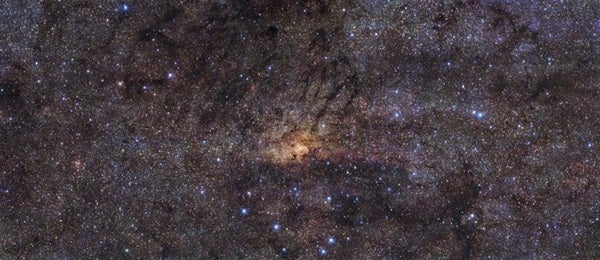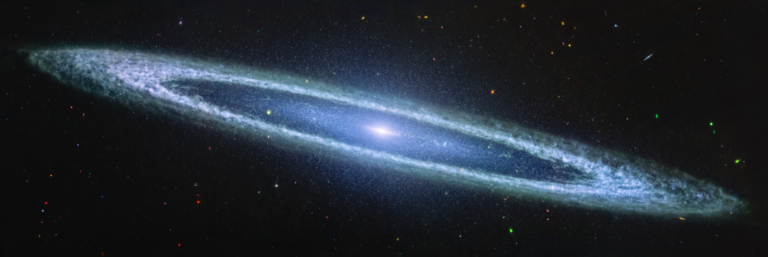According to the new data, the Milky Way was once what astronomers call “a starburst galaxy.” It’s an area commonly seen in other parts of the universe where stars form at a fast rate. About 80 percent of the stars in the center of the Milky Way were formed between 8 billion and 13.5 billion years ago. But about 1 billion years ago, another intense star-formation burst happened, creating many massive new stars. These large stars live shorter lives than small stars. And when large stars die, they explode. So the starburst led to a surge in supernovae and a dramatic period of star formation all at around the same time.
“This burst of activity, which must have resulted in the explosion of more than 100,000 supernovae, was probably one of the most energetic events in the whole history of the Milky Way,” said researcher Francisco Nogueras-Lara in a press release.
The new data also throw out the old theory that all stars were formed at around the same time.











